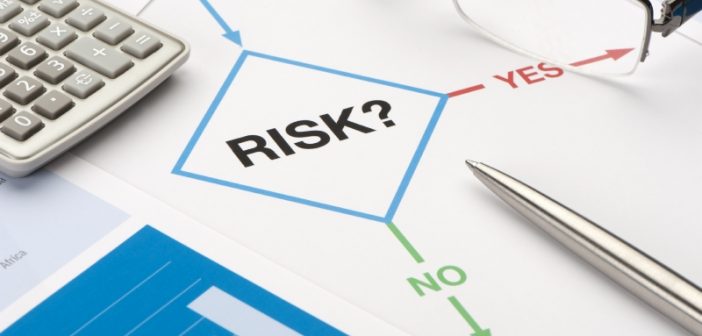Within both the business world and our personal lives, data is becoming increasingly intrinsic to everything we do. Whether it’s picking which restaurant to order from, a tailored advert or figuring out the quickest route home, data is a part of our everyday decision making.
For businesses, the value of data is constantly rising. Using analytics and AI, they are now able to use data to better understand their customers and provide a more tailored service. Ultimately, this helps them create happy customers and maximise profit. Not only that but it can be used to find efficiency savings, enable better risk management and protect against losses from fraud.
However, as I discussed with our SAS Collaborators Bill Mew and Jen Stirrup, as the value and volume of data rises so does the risk attached to it. The ever-increasing risk of a cyberattack leaves businesses in constant danger of financial and reputational damage. Therefore, to make it a risk worth taking, businesses must ensure they are using data analytics to its fullest potential.
Playing with fire
Whether it’s being used to enhance the customer experience in retail or provide the most appropriate insurance rates, analytics is increasingly being used to benefit both customers and companies. As this benefit is acknowledged and innovative technologies such as telematics become more commonplace, the amount of data being produced and stored is increasing.
However, as one of our Collaborators, Bill Mew, suggested, the rising volume of data is being accompanied by a constantly evolving cyberthreat. We have seen businesses such as Travelex, EasyJet and Zoom fall victim to cyberattacks, resulting in reputational or financial damage and, in some cases, both.
There are, of course, processes that businesses can put in place to mitigate against these risks. However, it is all but impossible to negate them completely. Therefore, businesses should place high priority in ensuring that they are deriving full value from their data. If they are going to contend with the risk of data, they must ensure the benefit is far greater.
A risk worth taking
Focussing on the insurance industry, the potential benefits attached to advanced data analytics are huge and many businesses are missing out on this.
Firstly, by leveraging analytics and AI, customer data can be used to provide a more personalised customer experience. By analysing the data available to them, businesses can create insights which will allow them to both identify insurance cover which customers might need most and to provide insurance rates specific to that individual’s risk. This will enable them to provide the best offers to their customers, creating a competitive advantage in the process.
In some instances, this personalised experience can be combined with instant pay-outs to really home in on the competitive advantage. Parametric insurance is the key to this. If we use flooding as an example, houses located on a flood plain can be fitted with sensors which, once submerged under water, can trigger an instant payment to the customer. This can also be used for multi-storey buildings and apartment blocks where, using analytics, customers can be offered different rates depending on their risk level. For example, customers who live on the lower floors will be offered a higher premium while those higher up receive a cheaper rate.
These are just two ways data can be used efficiently to create a competitive advantage. However, the possibilities are limitless, especially as technology continues to evolve and improve. The most important thing businesses need are the right tools and environments in place to take full advantage.
Visibility is the key to success
In games of risk, there are always ways to turn the odds in your favour. It’s no different when it comes to using your data. To lower the risk attached to your data and maximise its potential, it is vital that businesses have full visibility into the data they have at their disposal.
Having this capability is important for two reasons. Firstly, with full visibility into their data, businesses can establish which data is useful to them and which is not. For data not being used, businesses can simply stop collecting that data to remove the risk of it being stolen or compromised. Secondly, by having a holistic view of their data, businesses can ensure that they are using the most valuable data at their disposal to inform their analytical approach. This will improve the accuracy of the resulting insights when it comes to satisfying the customer and meeting business goals. For businesses, as SAS Collaborator Jen Stirrup mentioned, this level of risk management must be a constant process rather than a checkbox approach. This will minimise the risk attached to data, while the potential becomes limitless.
In today’s world, it is vital that businesses understand both the value and the risk of storing, processing and analysing data. However, while the risk is constant, this should not put businesses off – if used and managed in the correct way, the benefits of storing and analysing data will always outweigh the potential risks. Ultimately, it is down to businesses to ensure that data is their best friend and not their biggest mistake.
Find out more about how insurers can use AI and advanced analytics to tackle deficiencies in risk and operating models or visit: www.sas.com/uki/insurance

